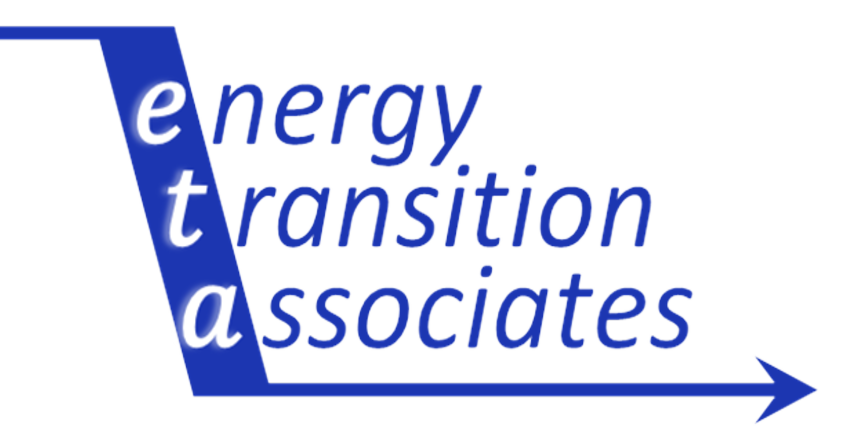Harnessing clean power when and where its needed
The contribution of renewable sources to US electricity generation has nearly doubled over the last decade, and resources like wind and solar are poised for continued growth. The cost of installing these clean sources of electricity production has dropped as they have scaled up from niche to mainstream in our energy supply mix. Harnessing the abundant resources of energy that our planet is gifted every day holds great promise for the carbon emissions reduction that is vital to mitigating the effects of climate change on future generations.
As we pursue deep decarbonization, we are shifting more energy end-use technologies from fossil fuels to electricity. This includes everything from heating and cooling of buildings to all forms of transportation. The premise of this electrification is that unlike fossil fuels, electricity has the potential of being carbon free. The catch is that electrifying an end-use alone, will not necessarily make it carbon free. The continued proliferation of renewable power generation is critical to realizing the intent of our electrification initiatives. So even as portion of the electricity generation pie that is made up of wind and solar and geothermal increases, the pie itself is rapidly getting bigger.
The two major renewable power sources – wind and solar – are intermittent by nature. They are able to produce energy only when the wind blows and the sun shines. Luckily for us, this is quite often. But the electricity that they produce is available when and where it is produced. While we have always had to confront the losses that come from transmitting power across long distances, we are now facing the challenges of having excess electricity available when it is not needed, not having electricity available when our new electric end uses are calling for it. More good news, the improvement in battery storage technologies has made the storage of electricity cost effective for everything from grid-scale installations, to electric vehicles and homes. The hard work now is in both deployment and policies – the electric grid is a complex thing and the availability of electricity is something we have come to take for granted. Capitalizing on the potential of new technologies will be a key to our decarbonization efforts, but as always, the devil is in the details.
